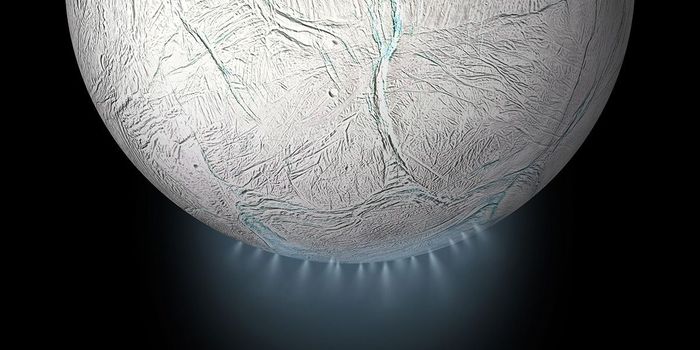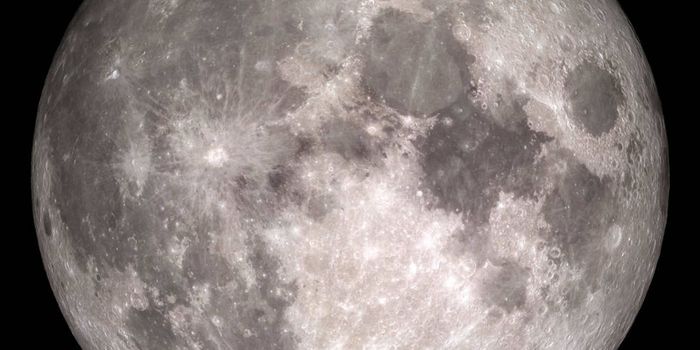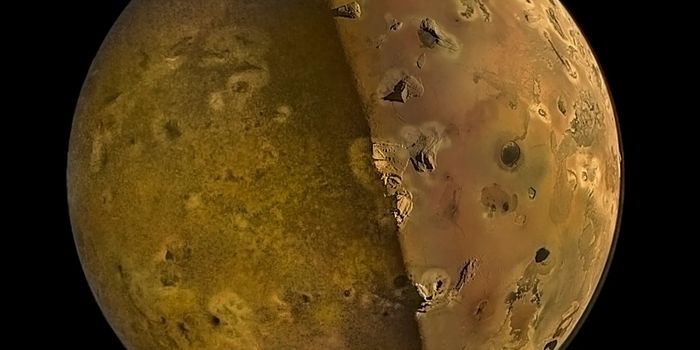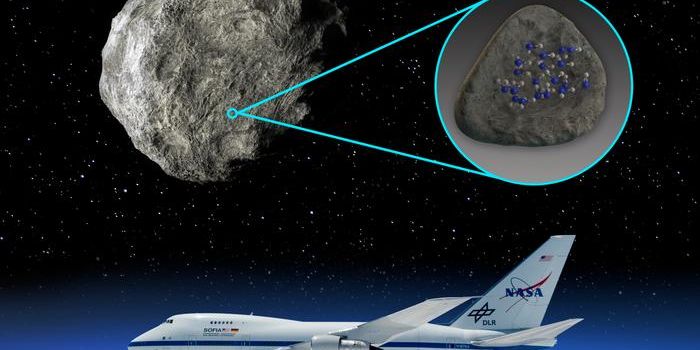NASA to Have its Opportunity Mars Rover Ride Down a Gully Into a Crater
NASA’s Opportunity Rover is still rolling around on the red planet and being used to the study the surface today, even since its initial landing in 2004. This proud piece of machinery has outlasted its expected life by more than 50 times and continues to roll along as Mars’ oldest rover.
The Opportunity mission recently saw a two-year extension, and NASA plans to take full advantage of that. The Opportunity Rover has now been given yet another mission.
The rover will now be tasked with taking a ride down a gully that was carved into the surface by flowing liquid (presumably water) a long time ago to get inside of the crater that Opportunity has been studying for the past half-decade, something that NASA says no Matrian rover has ever done before.

Image Credit: NASA/JPL-Caltech/Univ. of Arizona
“We are confident this is a fluid-carved gully, and that water was involved,” said Opportunity Principal Investigator Steve Squyres of Cornell University, Ithaca, New York. “Fluid-carved gullies on Mars have been seen from orbit since the 1970s, but none had been examined up close on the surface before.”
“One of the three main objectives of our new mission extension is to investigate this gully. We hope to learn whether the fluid was a debris flow, with lots of rubble lubricated by water, or a flow with mostly water and less other material.”
Once inside, Opportunity will begin exploring the innards of the crater to learn more about it. More specifically, it will roam the Western rim of the Endeavor crater. This crater is 14 miles in diameter and was created by an asteroid impact billions of years ago.
One of the main objectives there will be to see whether or not the rocks inside the crater resemble those outside. This will let scientists know what kind of asteroid hit Mars long ago.
“We may find that the sulfate-rich rocks we've seen outside the crater are not the same inside,” Squyres said. “We believe these sulfate-rich rocks formed from a water-related process, and water flows downhill. The watery environment deep inside the crater may have been different from outside on the plain -- maybe different timing, maybe different chemistry.”
Learning as much about the red planet as we can before sending humans there is a major interest. Both NASA and SpaceX want to send mankind to Mars within the next couple of decades.
Before then, however, the many rovers on Mars’ surface continue to look for signs of life and study the red planet’s chemistry, and another rover is scheduled to be sent to Mars in 2020 with even higher-tech equipment that can answer even more of our never-ending questions.
Source: NASA
-
MAY 07, 2024Is It Anti-RNP or Anti-Sm/RNP?
-
MAY 08, 2024Expand your Multiomic Capabilities with RNAscope™
- See More
-
APR 30, 2024Immuno-Oncology Virtual Event Series 2024
-
MAY 07, 20243rd International Biosecurity Virtual Symposium
-
MAY 23, 2024For the Love of Digital PCR 2024
- See More

















































